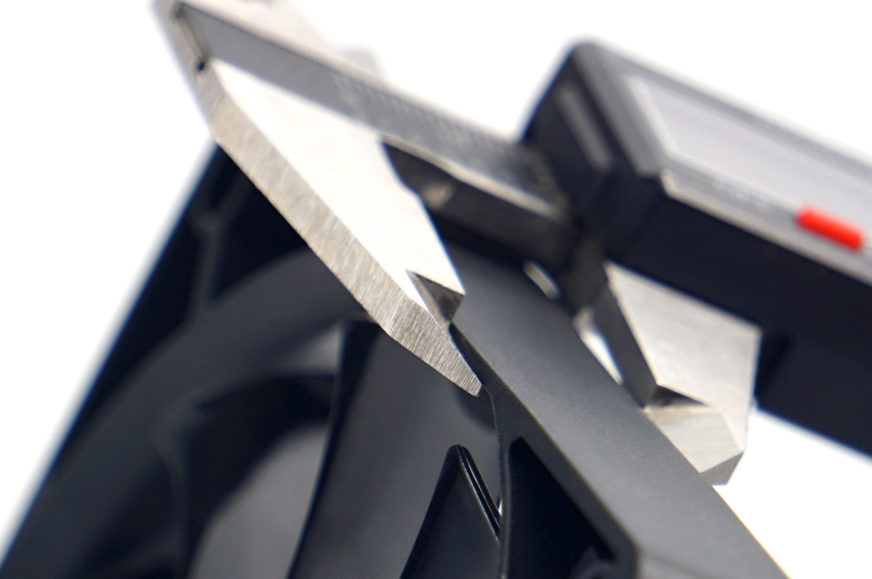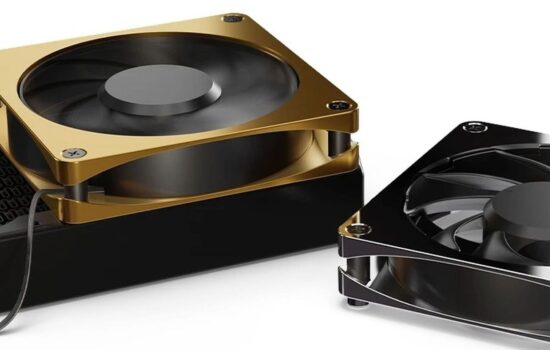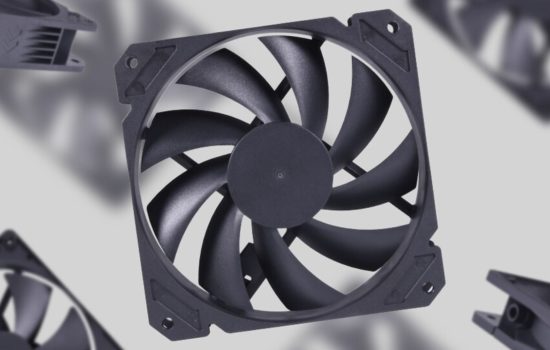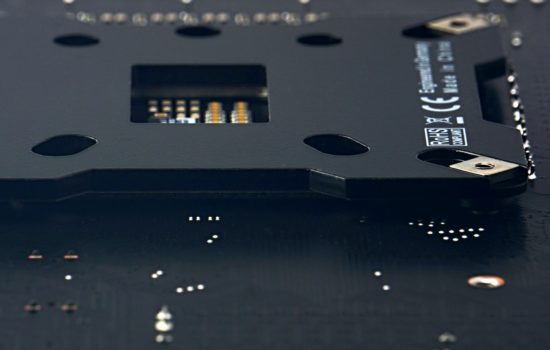Conclusion
There are situations where standard 25 mm fans will not fit. Even the 120 mm format therefore offers lower alternatives. The first thing that naturally comes to mind is that such fans mean a trade-off in cooling efficiency. However, this may not be true and the hassle of thinking about how to fit a thicker fan inside may even be quite unnecessary. A well-designed rotor can achieve fully-fledged results when compared to a thicker rotor, even if it is slimmer.
Conclusion
Don’t be afraid of low-profile fans. Even the Alphacool SL-15 PWM, which is not one of the best in its format, has a higher airflow rate across all noise levels than all of SilverStone’s 120mm fans tested to date (AP123, AP121, and FQ121) with a higher (25mm) profile. More solid fans (including the Noctua NF-P12-redux) are better in every way than the SL-15, but that’s probably no surprise.
From a system fan perspective, the Alphacool SL-15 PWM delivers the most attractive results at around 800 rpm. At this speed with (nylon and more restrictive plastic dust filters) outperforms even the SilentiumPC Sigma Pro 120 PWM at the same noise level (36 dBA mode in our tests). There is a similar scenario on the hexagonal grille. However, we were unable to set the fan to 33 dBA. The minimum speed (~630 rpm) is quite high and combined with the grille, which raises the SL-15’s noise level the most of all obstacles, the minimum was up to 2 dBA over the target. So don’t really count on the fan slowing down to the limit of audibility.
The static pressure results are less interesting than for the airflow. Although we measured 8.3% higher values than the manufacturer’s claims, even 1.3 mm H2O is not enough given the highest noise level measured so far (57.1 dBA). This does apply to the maximum speed, but here a different proportionality applies than for the airflow rate. The higher the speed, the closer this fan is to the average. This is also true for fixed noise levels, where the Alphacool SL-15 is even more interesting in terms of comparison with other fans. At low speeds it falls to the very bottom and on radiators it is one of the weakest we have in our database so far. The improving efficiency at higher speeds is also to some extent due to the more massive power supply—the motor is able to exert more force, which is useful when obstacles cause resistance. We wrote this in the first chapter, but we’ll say it again. The rotor is very light, and the resistance of the obstacle slows it down considerably more than is the case with other, more massive designs.
And now one big praise. The sound character of the SL-15 is one of the most pleasant—no rumbling, buzzing, or whirring (with filters, on the grille or on radiators). It’s not Noctua-level, though, and the subtle rasping with the phonendoscope on the rotor is there, but from any greater distance than five inches, this sound will presumably be unnoticeable to even the owners of the most sensitive ears. Aerodynamic noise is, of course, part and parcel of airflow, but those who can already read spectrographs know that its response is less annoying than usual. You can tell by the shape of the graphs with multiple peaks, within which none significantly exceeds the others.
Vibrations are minimal, most pronounced in the Y-axis, but we can’t fault the SL-15 in that regard. On the contrary, it (low vibration) is a virtue that goes to the pros.
It’s not a big deal, but the 2.88 W listed on the motor housing does not refer to the maximum operating power consumption of the new fan (which is almost half a watt lower), nor to the motor’s power. The latter is quite a bit higher.
The amount of airflow to price is slightly above average even among thicker fans, so it won’t be at a disadvantage even compared to equivalently thin models. We’ll find out exactly how it is as time goes on. For 11 euros you won’t go wrong with the Alphacool SL-15 though. But you’d better choose that fan for the system cooling loop rather than for the radiators of the coolers.
English translation and edit by Lukáš Terényi
| Alphacool SL-15 PWM |
| + Decent price/cooling performance ratio |
| + High airflow per unit noise level |
| + Superb compatibility for lowered profile |
| + Efficiency is even higher than of weaker fans with a thicker profile |
| + Particularly impressive airflow efficiency of around 800 rpm… |
| + … static pressure is more decent rather at higher speeds |
| + Wide speed range |
| + The sound response is more pleasant than most other fans… |
| + … strongly dominant/high-pitched frequencies never occur even with obstacles |
| + Very quiet operation of bearings and motor |
| + Superior low, negligible vibration |
| + Really powerful motor |
| - Light, fragile and overall weaker rotor with flexible blades |
| - Quite low static pressure over the obstacles. The more massive the obstacle, the worse |
| - Higher minimum speed (~ 630 rpm) |
| - Special mounting holes. You may not even be able to install it in the position of the inlet fan |
| Approximate retail price: 11 EUR |
- Contents
- Details of Alphacool SL-15 PWM
- The basis of the methodology, the wind tunnel
- Mounting and vibration measurement
- Initial warm-up and speed recording
- Base 7 equal noise levels…
- .. and sound color (frequency characteristic)
- Static pressure measurement…
- … and airflow
- Everything changes with obstacles
- How we measure power draw and motor power
- Measuring the intensity (and power draw) of lighting
- Results: Speed
- Results: Airlow w/o obstacles
- Results: Airflow through a nylon filter
- Results: Airflow through a plastic filter
- Results: Airflow through a hexagonal grille
- Results: Airflow through a thinner radiator
- Results: Airflow through a thicker radiator
- Results: Static pressure w/o obstacles
- Results: Static pressure through a nylon filter
- Results: Static pressure through a plastic filter
- Results: Static pressure through a hexagonal grille
- Results: Static pressure through a thinner radiator
- Results: Static pressure through a thicker radiator
- Results: Static pressure, efficiency by orientation
- Reality vs. specifications
- Results: Frequency response of sound w/o obstacles
- Results: Frequency response of sound with a dust filter
- Results: Frequency response of sound with a hexagonal grille
- Results: Frequency response of sound with a radiator
- Results: Vibration, in total (3D vector length)
- Results: Vibration, X-axis
- Results: Vibration, Y-axis
- Results: Vibration, Z-axis
- Results: Power draw (and motor power)
- Results: Cooling performance per watt, airflow
- Results: Cooling performance per watt, static pressure
- Airflow per euro
- Static pressure per euro
- Results: Lighting – LED luminance and power draw
- Results: LED to motor power draw ratio
- Conclusion












